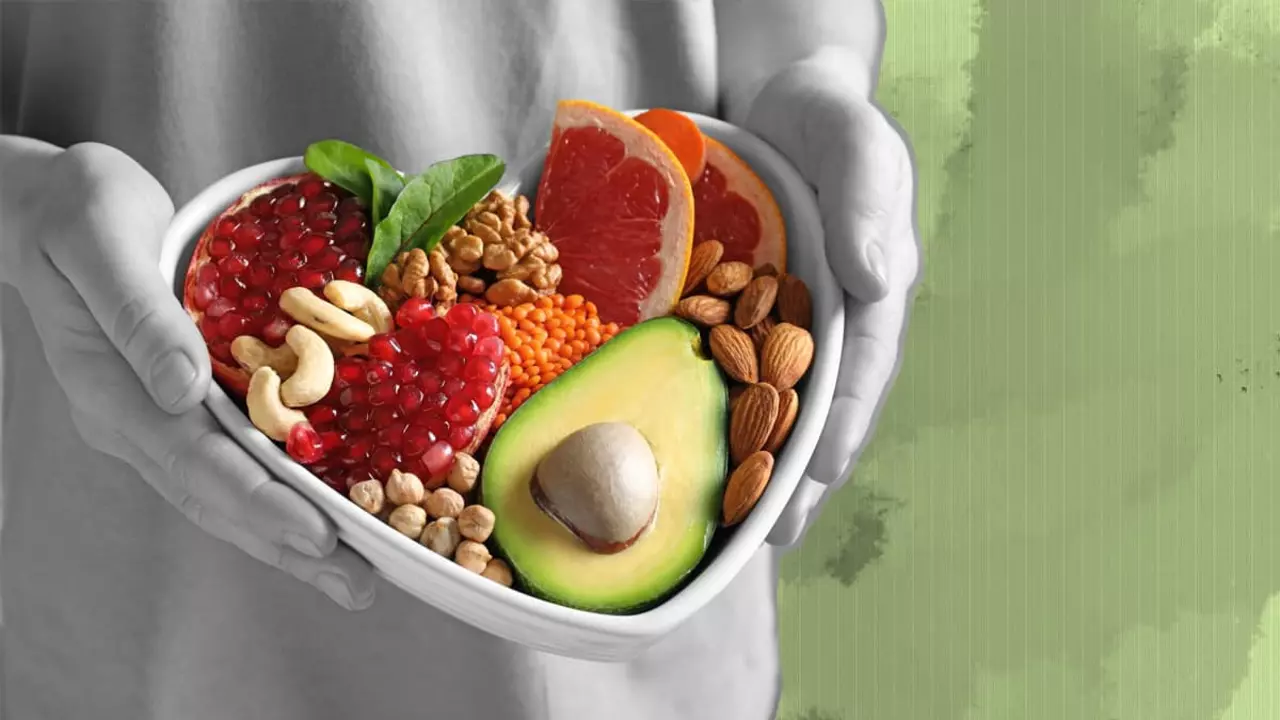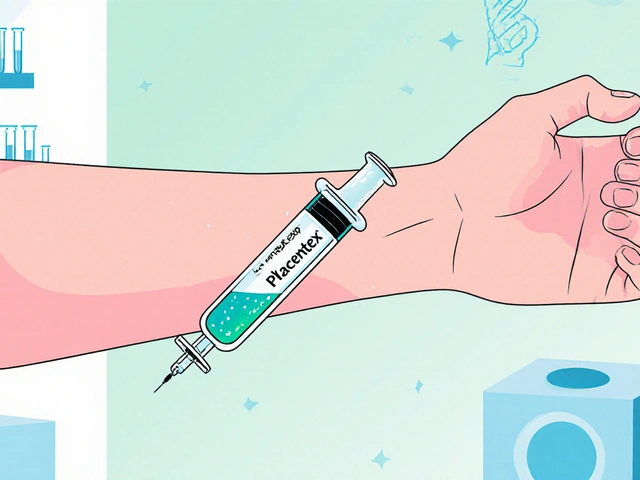American Dogwood (Cornus florida): ID, Uses, Safety, and Sourcing
Did you know American dogwood is more than a pretty spring tree? Cornus florida lights up woods and yards with white or pink bracts and has a long history as a folk remedy. This page gives practical help: how to identify the tree, what people traditionally used it for, safety cautions, and where to buy nursery stock or herbal products.
Quick ID & where it grows
Look for a small to medium tree, usually 15–30 feet tall. In spring you’ll spot four large, showy bracts that look like petals around a tight cluster of tiny flowers. Leaves are opposite (paired), simple, and turn red or purple in fall. The bark on older trees forms blocky, scaly plates that look almost like alligator skin. Native to eastern North America, it grows in woods, edges, and well-drained gardens. If you press a ripe fruit, you’ll find a red drupe — birds love it.
Want to identify it fast? Check these three features together: the four bracts in spring, opposite leaves, and the blocky bark on mature trees. If all three match, you’ve probably found Cornus florida, not a lookalike.
Traditional uses, safety, and buying tips
Historically, parts of the American dogwood — bark, fruit, and leaves — were used for mild remedies like tonics or to ease fevers. Modern herbalists may mention tannins in the bark and fruits, which can have astringent effects. That doesn’t mean it’s a cure; think of those uses as old-fashioned, not a substitute for medical care.
Safety first: don’t assume “natural” equals safe. Some people can get stomach upset or allergic reactions from plant compounds. Pregnant or breastfeeding people should avoid taking dogwood extracts without medical advice. If you take prescription drugs—especially for heart, blood pressure, or blood sugar—ask your clinician before trying any dogwood product. If you notice rash, dizziness, or worsening symptoms, stop and seek care.
Where to buy: for landscaping, choose local nurseries or native-plant suppliers — they’ll sell disease-resistant cultivars and give planting tips. For herbal use, prefer reputable herbal suppliers that list the plant’s Latin name, the part used (bark, fruit), and extraction method. Look for customer reviews, clear labeling, and third-party testing when available.
Harvesting tip if you use wild sources: never strip large sections of bark from a living tree — that can kill it. Take small amounts from fallen branches or work with mature trees using sustainable methods. Store dried bark or fruit in airtight containers away from heat and light; use within a year for best quality.
Questions about a specific product or a health concern? Talk to a local herbalist or your healthcare provider. A quick chat can clear up dosing, safety, and whether American dogwood fits your needs.

As a health-conscious individual, I am always on the lookout for natural supplements that can help me maintain a healthier lifestyle. Recently, I came across American Dogwood, an all-star dietary supplement that truly delivers results! This amazing plant has numerous health benefits and has been used for centuries in traditional medicine. By incorporating American Dogwood into my daily routine, I have noticed an increase in energy, improved digestion, and overall better well-being. If you're looking to embrace a healthier lifestyle, I highly recommend giving American Dogwood a try!






